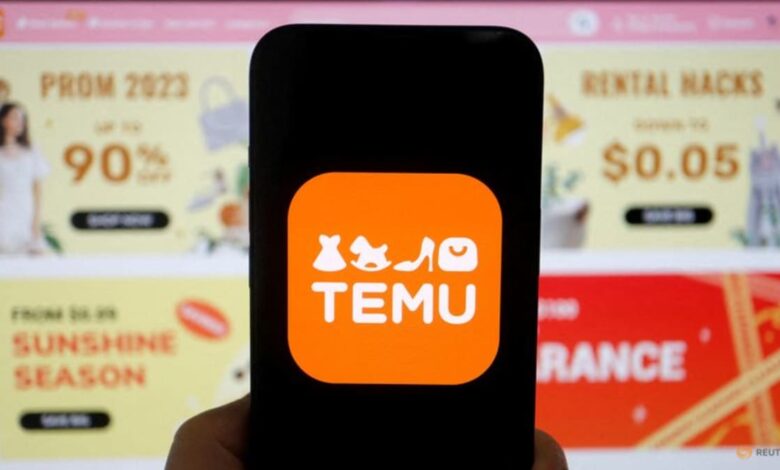Commentary: From Temu to TikTok Shop, are Chinese e-commerce players winning over the West?

CHINESE E-COMMERCE FIRMS HAVE LONG SOLD GOODS TO THE WEST
With the largest manufacturing base for consumer goods globally, cross-border e-commerce from China to the West is not new.
In the late 2000s, Chinese companies such as SHEIN, LightInTheBox and Globalegrow, started leveraging online credit card payments and cheap logistics via postal services to sell goods directly to consumers in the West.
The reasons were simple: Good margins, easy to ship, and bidding for ads on Google was cheap. These players later evolved into marketplaces or large independent online retailers.
Many other Chinese sellers leveraged Western platforms such as Amazon Global and eBay’s Global Buying Hub to sell their wares in Western markets. Chinese e-commerce leader Alibaba also launched its global platform AliExpress in 2010.
Investors told us that 40 to 50 per cent of Amazon’s US$490 million third-party sales in 2022 came from Chinese sellers, either selling cross-border or through their registered entities and warehouses in the US.
Global, regional and country platforms have been enlisting Chinese sellers to expand the assortment of competitively priced products. Amazon, eBay, Shopee, Wish, Uruguay-based MercadoLibre and Poland’s Allegro run large seller onboarding and engagement teams in China.
However, many of these Chinese e-commerce companies have struggled lately. LightInTheBox’s share price dropped more than 90 per cent since its IPO, and Globalegrow shut down in 2021 and was declared bankrupt by court in 2023.
On the other hand, the trio of new players TikTok Shop and Temu, as well as revamped SHEIN, have been surging ahead, disrupting the global e-commerce order. What’s special about them?





